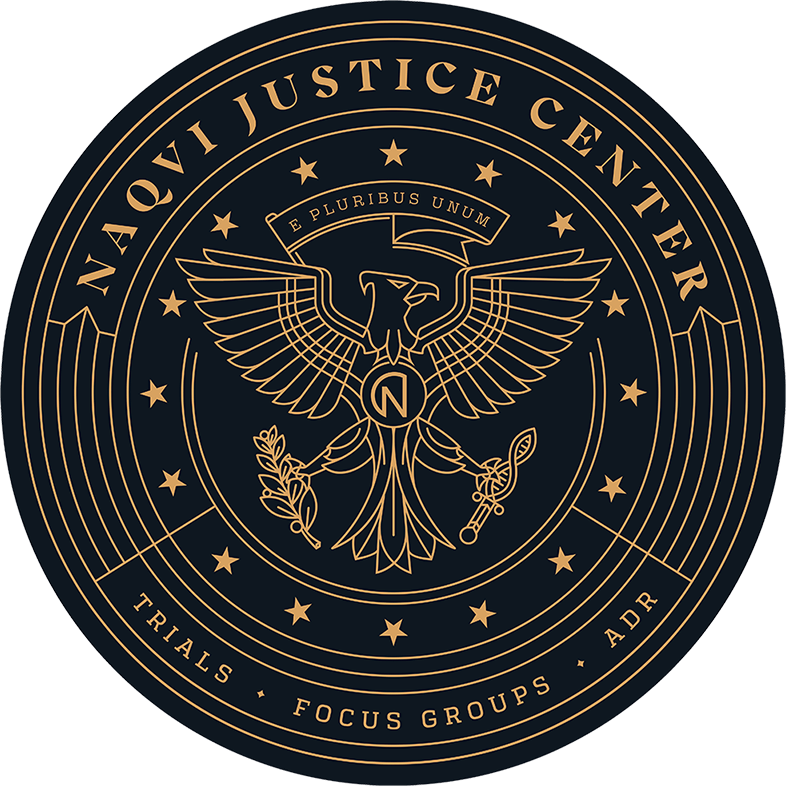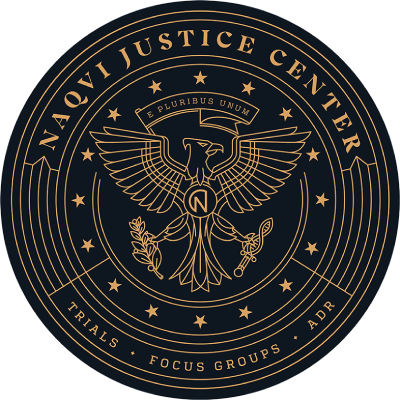Nevada has one of the highest percentages of uninsured motorists, and also one of the lowest auto insurance minimum requirements, in the country. As a result, many tortfeasors (negligent drivers) may lack sufficient insurance coverage to fully compensate victim/plaintiffs for all their economic and noneconomic damages. In these situations, attorneys often turn to third-party liability theories to being additional parties into the action and therefore increase the amount of resources available to the victim.
Some states, including Nevada, have scaled back their third-party liability laws in recent years, especially in terms of third-party alcohol liability. However, there are still several active doctrines that apply in many cases.
Respondeat Superior
This phrase is Latin for “let the master answer,” and under this bedrock principle in tort law, employers are ultimately responsible for many of their employee’s negligent acts.
For liability to attach, the tortfeasor (negligent driver) must be an employee, which according to the Department of Labor, is anyone who is “suffer[ed] or permit[ted]” to work. Some people believe that only workers who receive regular paychecks and W-2s are employees, and that may be true in some contexts, such as tax law. But in negligence law, anyone who performs a service for an employer is an employee. That label includes independent contractors, unpaid volunteers, and any other worker that is subject to the employer’s direct control. This control can be setting an hourly requirement, providing tools for the job, directing the performance of work, or any other such matter.
Second, the employee must act within the course and scope of employment. In a similar way, this phrase is very broadly defined in negligence law. Typically, any employee performing any service that benefits the employer in any way is within the course and scope of employment. This label goes well beyond delivery drivers operating delivery trucks to people running a one-time errand for the boss or even employees who drive company cars that bear the company logo.
In the rare cases that the tortfeasor was not an employee or was not acting within the course and scope of employment, other employer liability theories may apply, such as negligent hiring or negligent supervision.
Negligent Entrustment
This owner liability theory nearly always arises if the tortfeasor was a teen driver or did not legally own the vehicle involved in the car accident. Third-party liability normally attaches if the owner knew, or should have known, that the tortfeasor was a dangerous or incompetent driver.
Operators without valid drivers’ licenses are typically incompetent as a matter of law, and the same conclusion normally applies if the tortfeasor violated a restriction on the license, such as driving without corrective lenses. If the tortfeasor had a poor driving record or lacked experience driving a certain type of vehicle, these facts are circumstantial evidence of incompetence, and the victim/plaintiff must also prove direct or indirect knowledge.
Contact an Experienced Attorney
In a negligence case, the tortfeasor is often not the only legally responsible person or entity. For a free consultation with an aggressive personal injury lawyer in Las Vegas, contact Naqvi Injury Law. Home and hospital visits are available.

